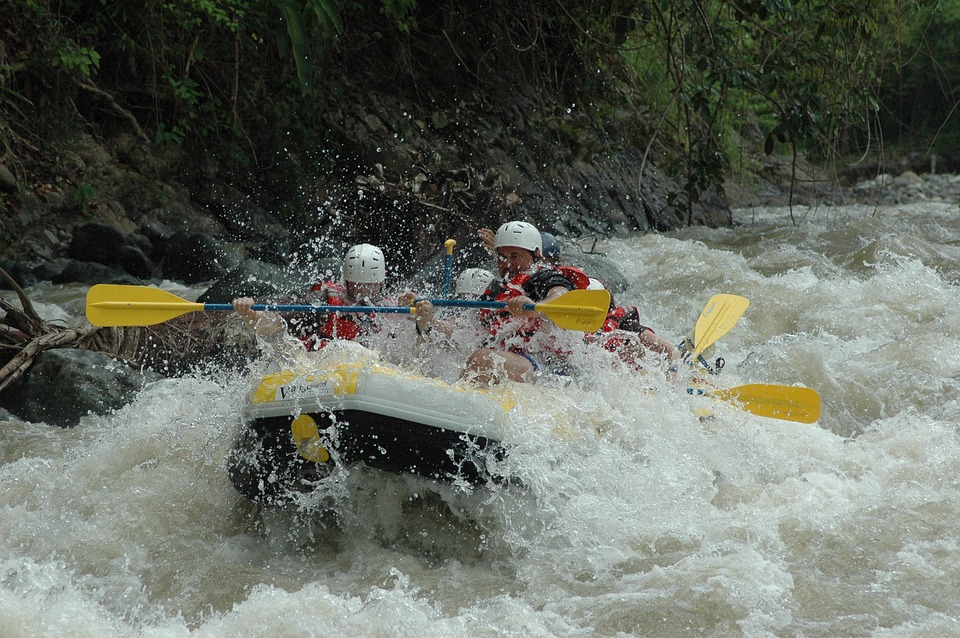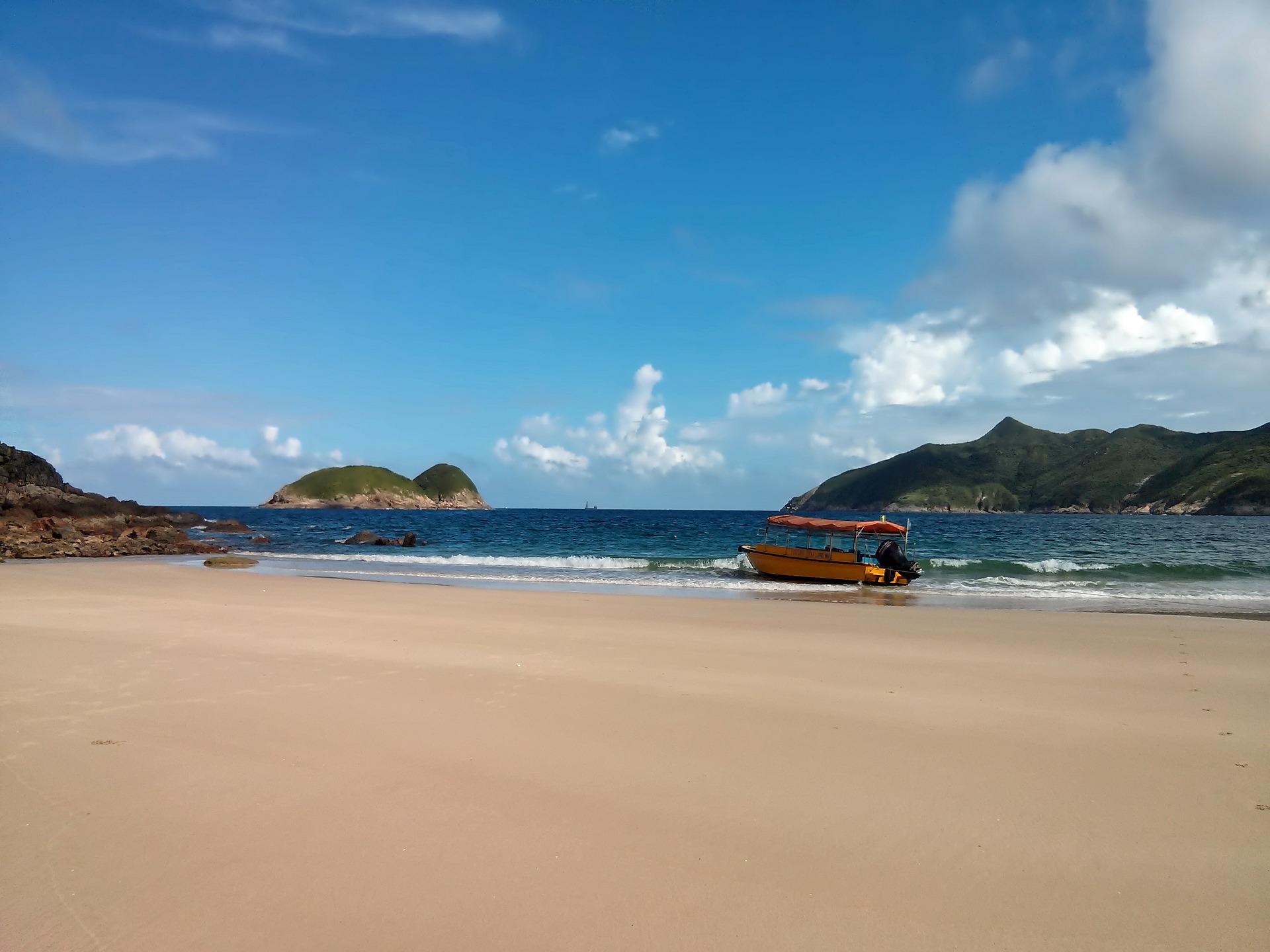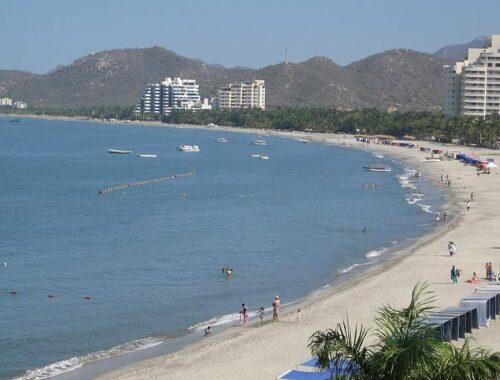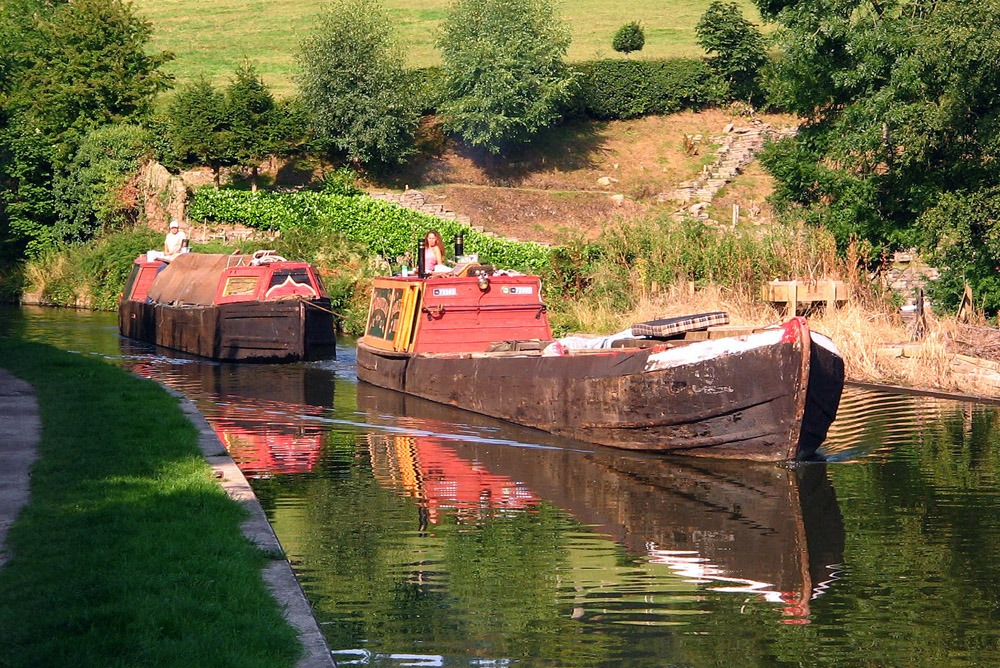
A Brief Guide for Identifying Whitewater River Features

Whitewater River Classifications
The system is separated into classes from Class I which is graded as easy to Class VI which is graded as un-runnable. Some rivers have certain parts which are more difficult than others even if they are classed as a lower grade. Confused yet? Well another spanner in the works is the classes are sometimes dependant on the water levels. At high levels, the river classification can increase making it dangerous for those who are unexperienced.
If you are unsure you should always consult an expert guide before going out on the water. Check out the TOAD activity directory for organised white-water adventures in the UK.
Common river features
Here are some words you’ll hear when talking about rivers and what they mean in real terms:
- Wave
Formed by water rushing over the top of a boulder or ledge underwater. When the wave breaks it causes the white froth that gives white water rafting its name.
- Wave Train
Multiple waves in quick succession, the roller coaster of the white-water river.
- Flatwater
A large area of water that is without rapids but can be moving both quickly or slowly.
- Pool
A slow-moving small part of the water with no rapids. A pool is a much smaller area than flatwater but is always slow moving.
- Hole/recirculation
This is a part of the river where rafts can get stuck as the water pools over an obstruction such as a boulder and causes recirculation. Rafters can be held by the water flowing both upstream and downstream in a loop.
- Eddy
A calm spot in the river behind boulders or at the bend of a river, where the water flows upstream as the rest of the river flows downstream.
- Drop and Ledge
A shelf leading from one part of the river to another, of only a few feet allowing the raft to drop down to the next level.
- Waterfall
Usually a drop in the water of more than 10 feet.
- Line
The path you want to take through the water through any of the river features mentioned above.
Danger signs to look out for
Water that is too strong or there are too many waves can pose a danger for rafters. Fallen trees will make a difference to the river features and may make it more difficult to navigate for beginners or even experts.
How to keep yourself safe whilst rafting
1. Only ever paddle a river graded for your ability.
2. Always wear your helmets and life jackets and keep them tightly fastened.
3. Follow your guides instructions carefully.
4. Know your limitations – never do anything you are not physically comfortable with.
Hopefully after reading this you are more knowledgeable about paddling on white water and understand some of the dangers it can pose. If you acknowledge the dangers and listen to your guides, white water rafting can be a fun filled activity to enjoy and an adrenalin pumping adventure on the water. Do you have any tips for those considering White water rafting?
You May Also Like

Summer Activities in Hong Kong
May 21, 2020
Santa Marta Colombia Beaches: Your Personal Guide to Sun, Sand, and Unforgettable Vibes
August 22, 2023

